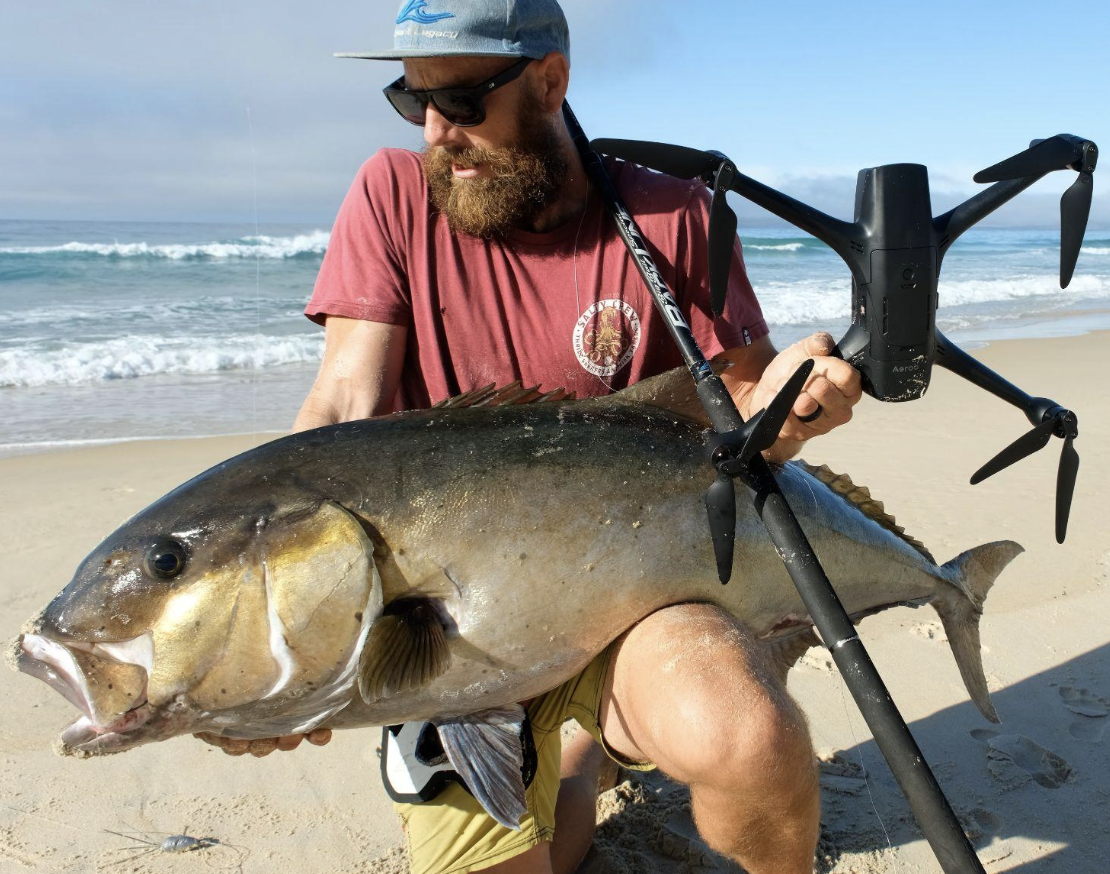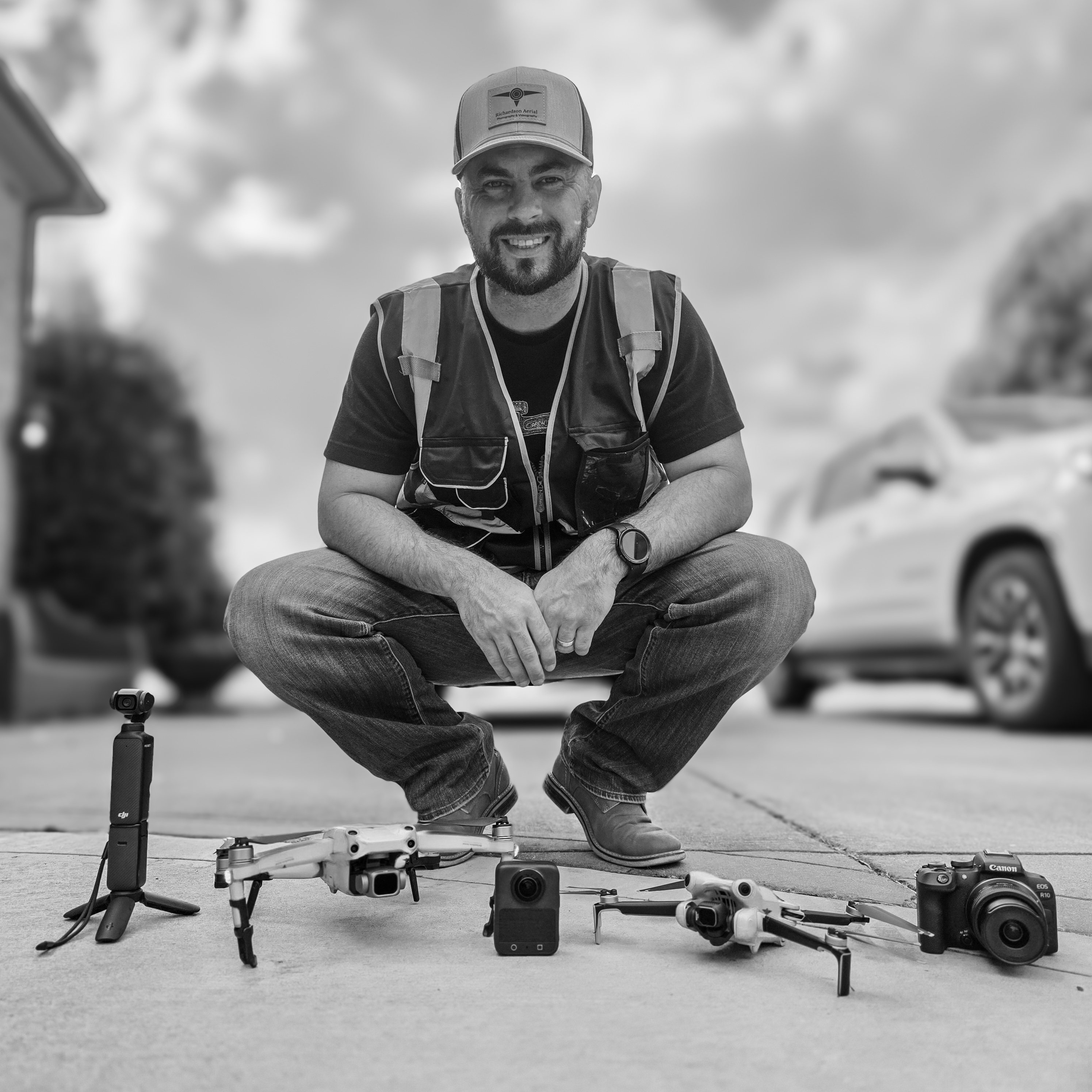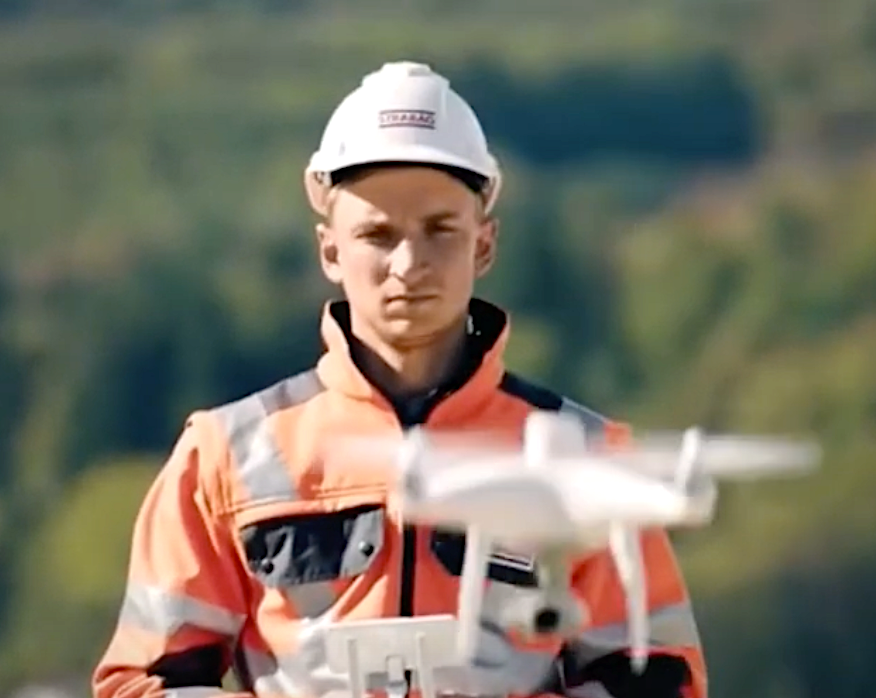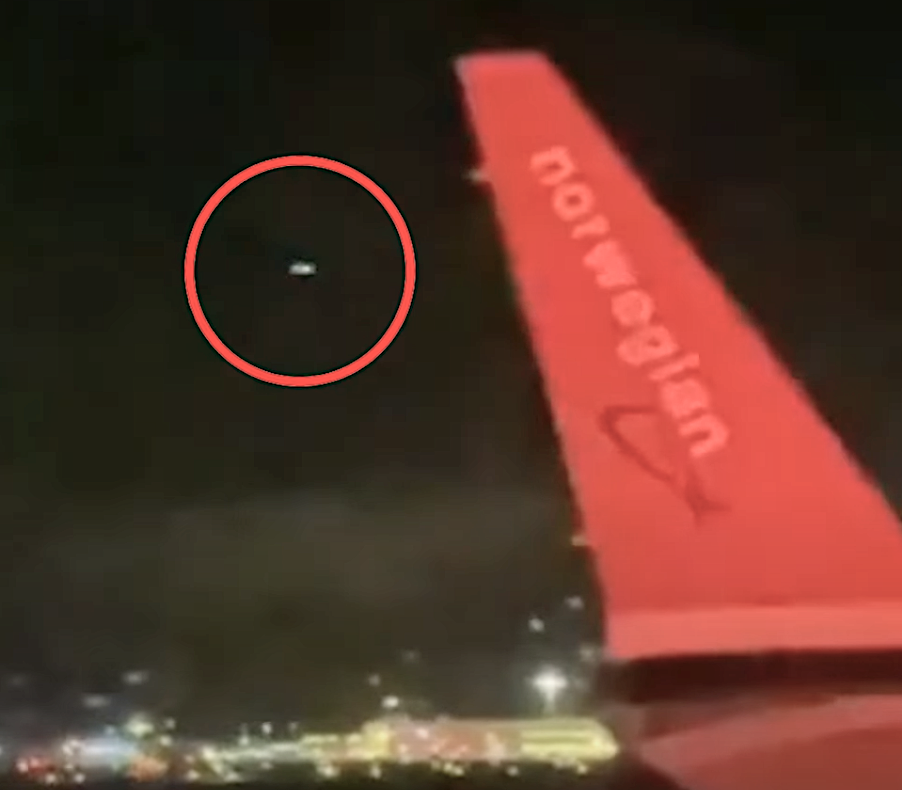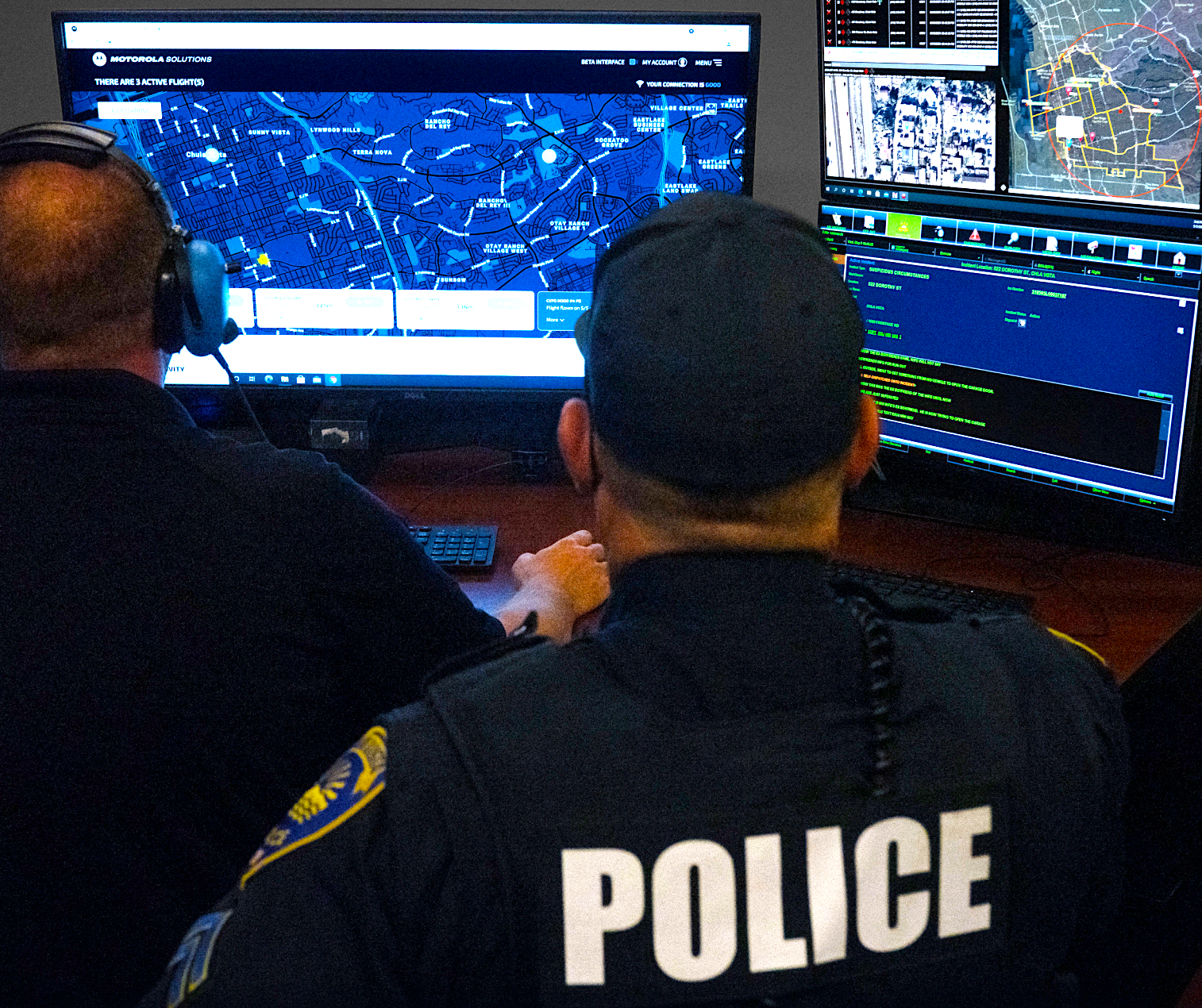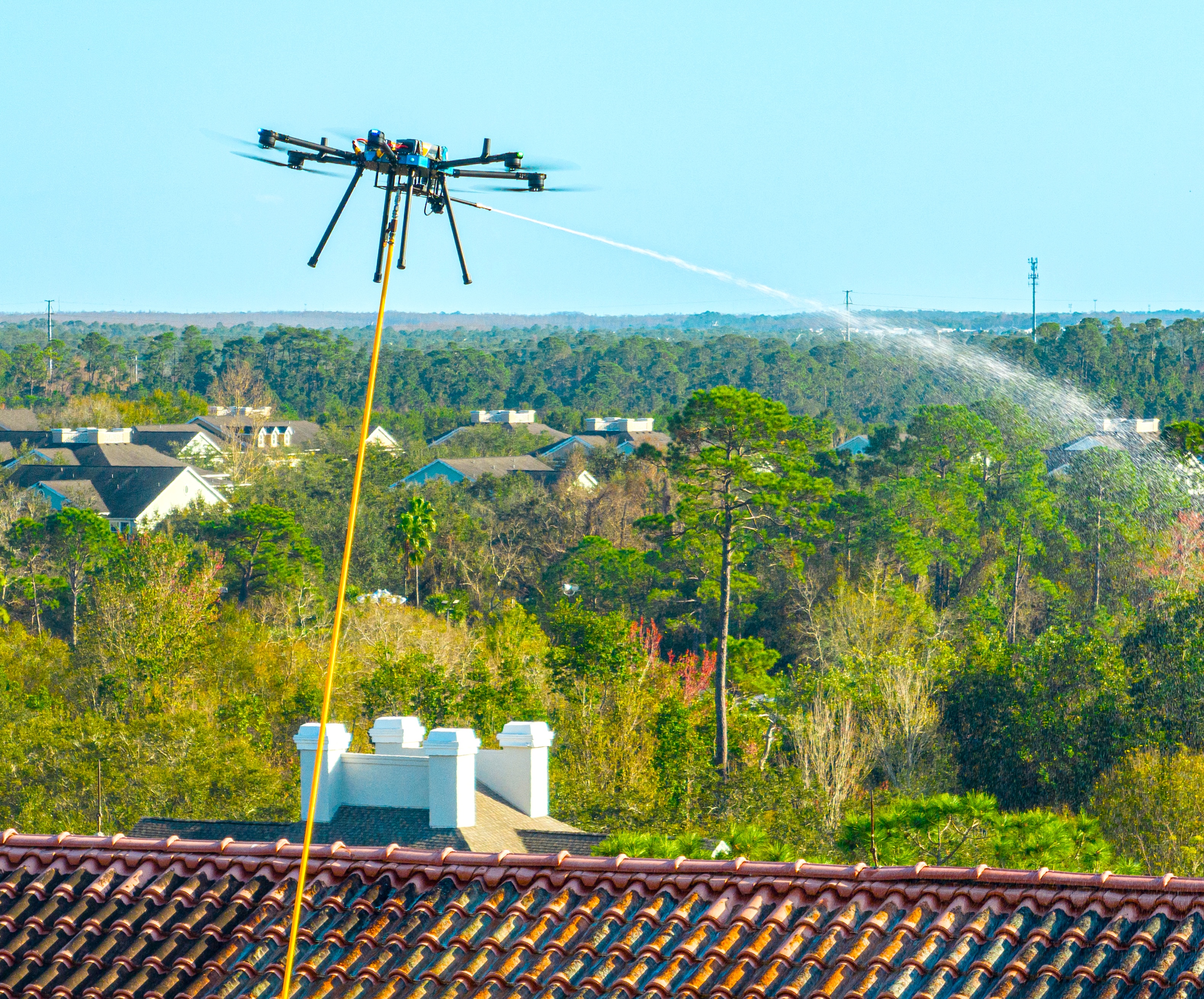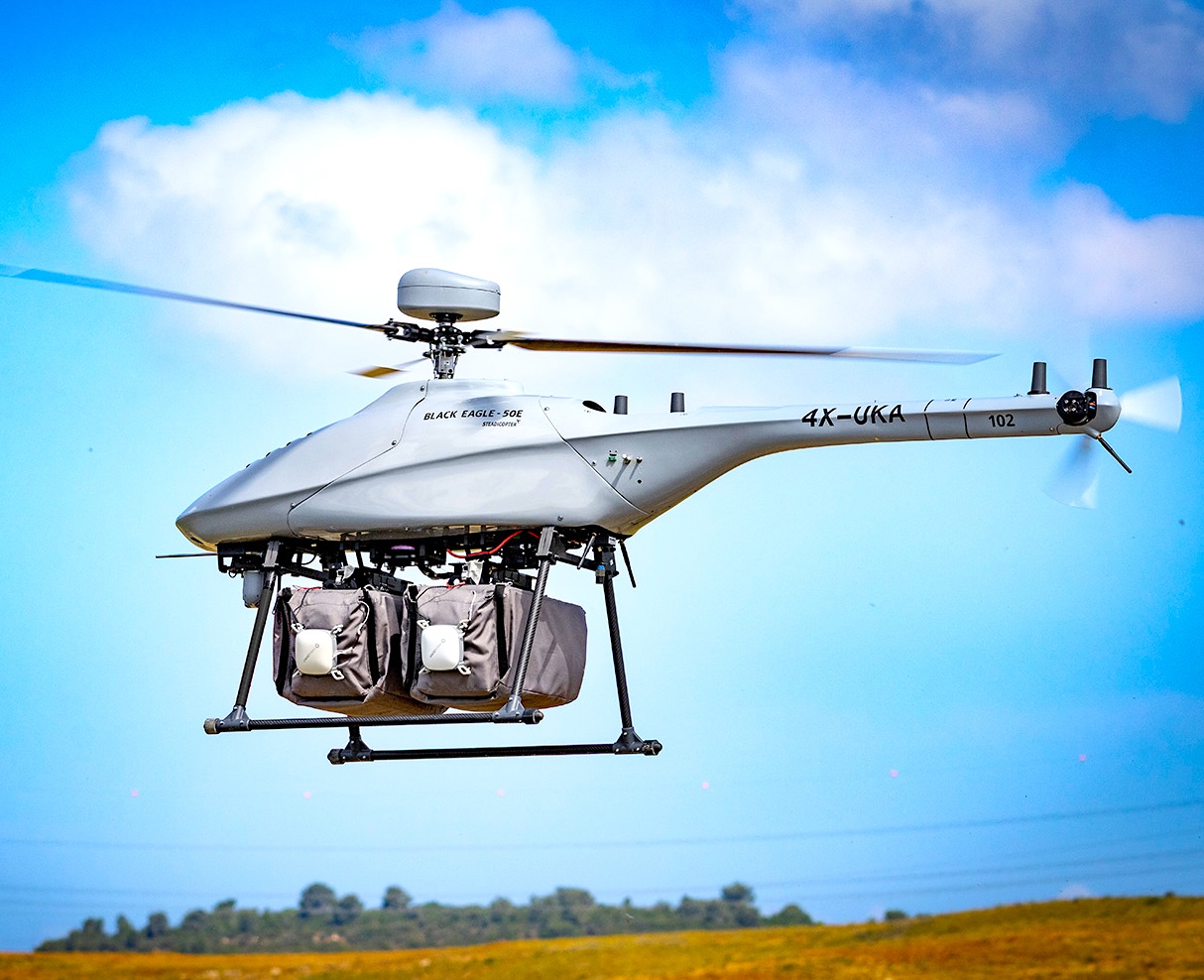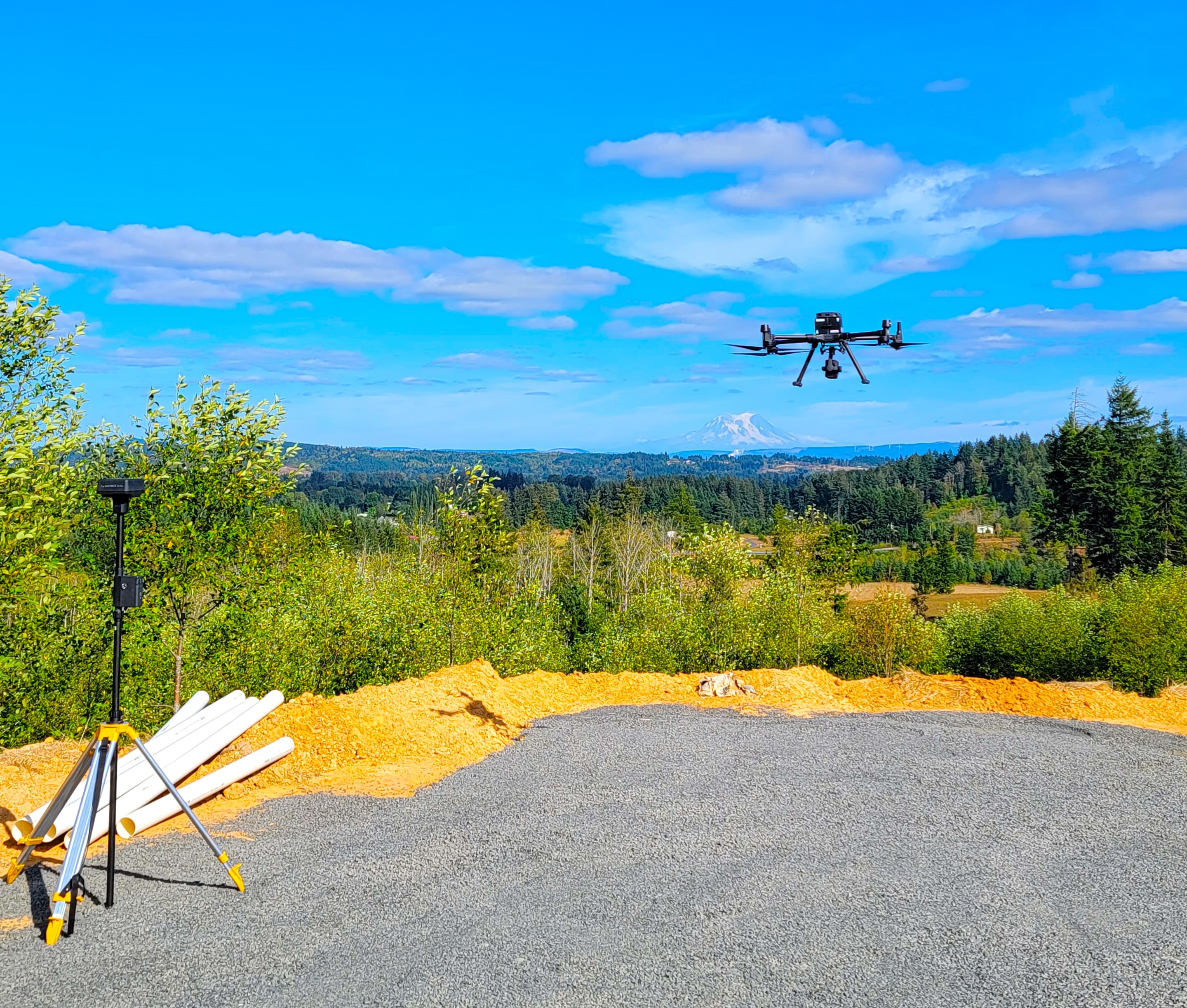Featured NewsTrending News How to Create an Effective Pilot Profile

01 October 2025
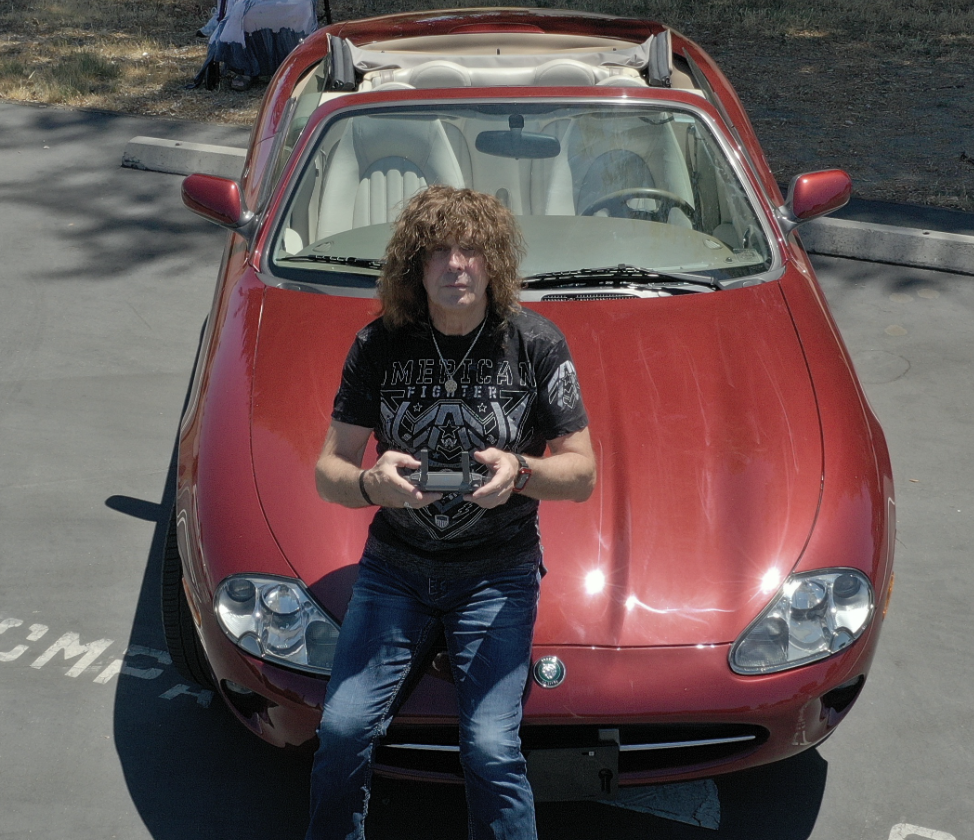
Now is the time to consider becoming a commercial drone pilot in the United States. As the industry grows, more and more pilots are needed to do a variety of drone jobs, from filming immersive real estate videos to washing windows to surveying landscapes, seeding farm crops and more.
With time, training, and hard work, you could make a full-time career—or an excellent side hustle—of being a certified drone pilot.
But you need to have a viable platform to promote your talents.
The Droning Company is that platform. Drone pilots pay a monthly subscription of $10 for us to host their profile on our site—which is searchable by potential clients looking to hire a pilot by location or specialty.
Once they’ve found the drone pilot they want, they click on “Contact” and get that pilot’s email address and phone number to contact them directly.
The pilot makes their own deal. We are not involved and we don’t take commissions.
Put in the Work, Get the Jobs
Having a profile on The Droning Company will help get you high paying jobs, but a lot of your success will be up to how much effort you put into it. We want you to succeed, of course, so here are some tips on how to create a competitive profile that will appeal to potential clients.
10 Tips to Making a Brilliant Pilot Profile
Bear in mind that your profile is your business card. You’re competing with other drone pilots in your area, so you want yours to stand out and showcase your skills.
Let’s start with some excellent examples of pilot profiles for you to study:
https://www.thedroningcompany.com/pilot/timothy-brazzel
https://thedroningcompany.com/pilot/chris-fravel
https://thedroningcompany.com/pilot/michael-keeper
Now, on to the tips …
Go With a Clear Headshot
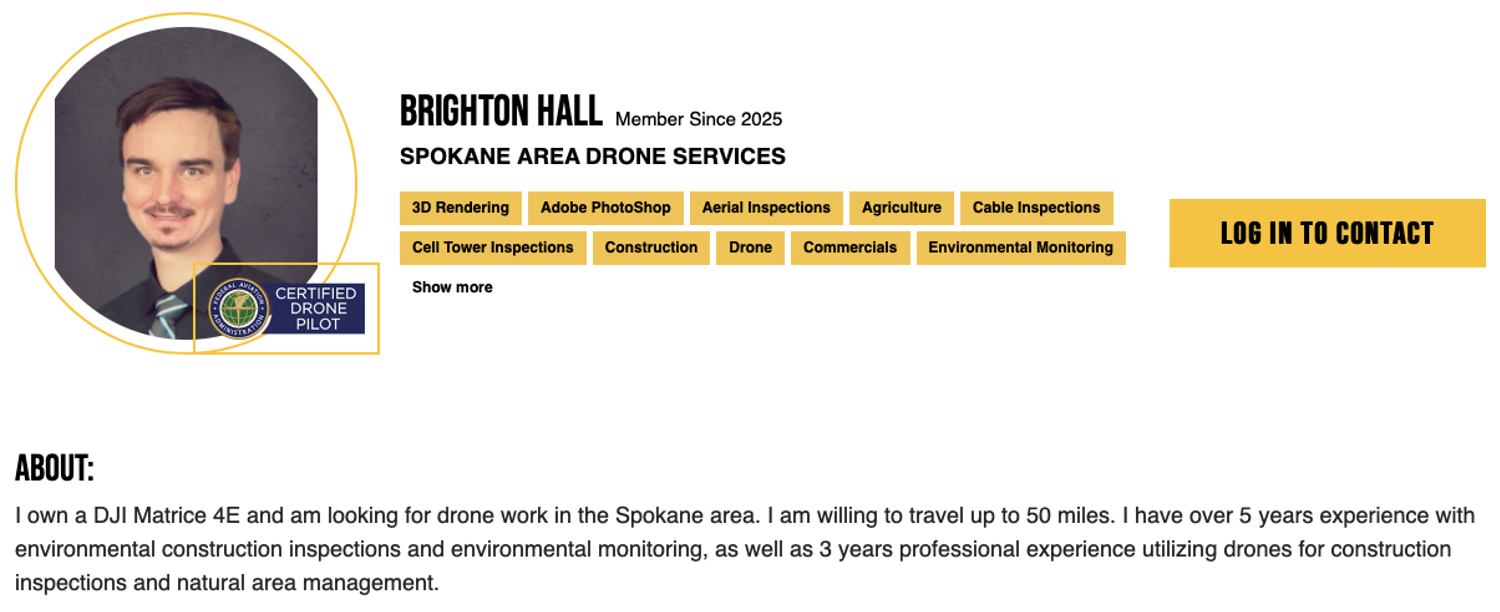
Be sure to put up a good headshot—not your company logo. People like to see who they’re doing business with, and pilots with a headshot get hired on a more regular basis than those who don’t.
First impressions count, so don’t post a full body shot—your face will be too small for people to see—and make sure the photo is clear, in focus, well lit, and makes you look like a rock star (couldn’t hurt—right?).
Promote Your Specialties
Be sure to add specialties to your profile, but don’t just check every box. Click on the ones you’ve actually had experience with, are certified for, and know you can do. If you add “FPV Drones,” “Thermal Inspections,” or “Ground Penetrating Radar” to your profile and you haven’t a clue what to do, it’s going to be not just embarrassing, but possibly fatal to your
Rock that “About” Section
The biggest mistake pilots make is just putting, “Pilot, Part 107” in their “About” section. I mean, give people some information about yourself. Tell potential clients about all the services you offer. It can also help to let them know if you’re bilingual or can speak several languages.
Be informative, but don’t write your life story—you don’t want to overwhelm potential clients with an epic novel. We’ve found that approximately 150-200 words is optimum, such as this example—which is direct, to the point, and 96 words:
“I’m a certified Part 107 drone pilot based out of Chicago with more than five years of experience in aerial operations and I am willing to travel any distance for the right job. I specialize in capturing high-quality drone footage for a wide range of applications, including real estate, weddings, advertising, inspections, and cinematic projects. With a strong eye for detail and a commitment to safety and compliance, I bring creativity and precision to every flight. Whether it’s for commercial or creative work, I deliver sharp, dynamic aerial visuals that elevate any project. Yo Hablo Espanol.”
Showcase Your Gear
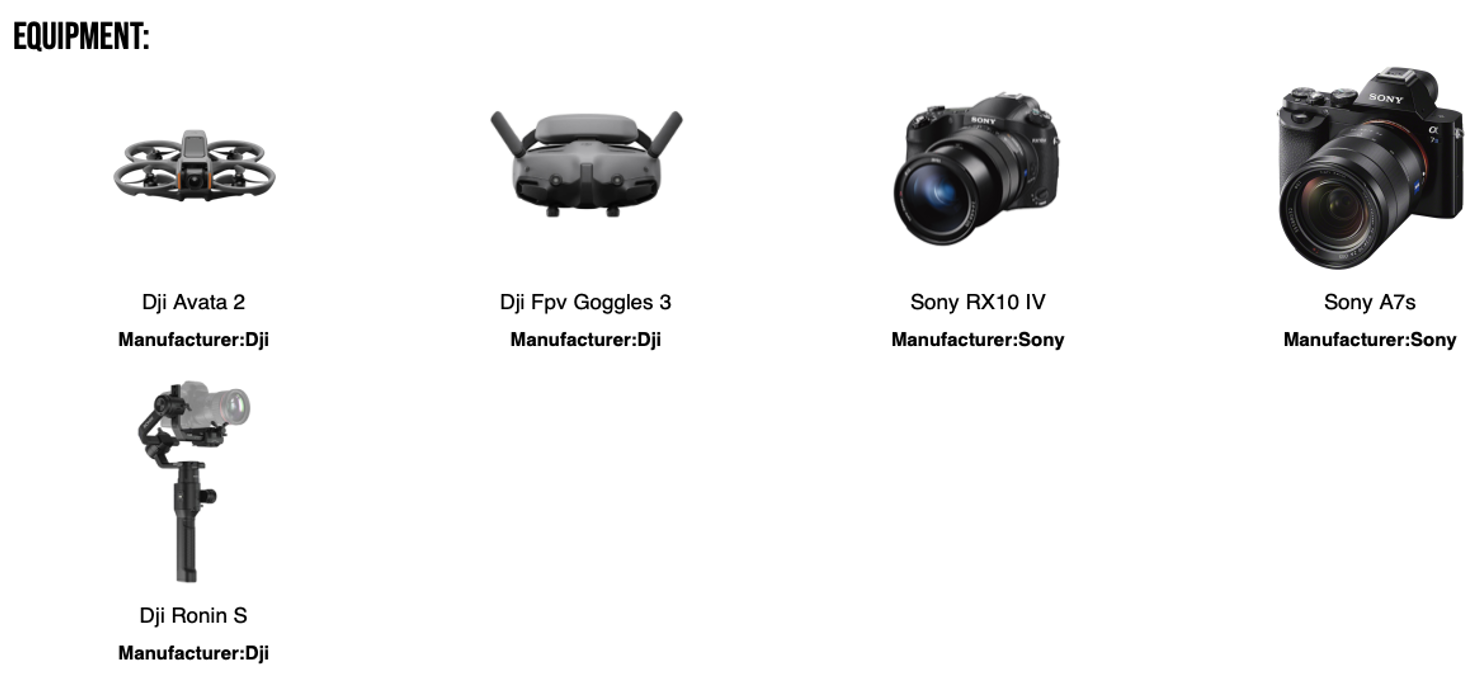
Displaying good pictures of your equipment will let more decerning clients know at a glance if you are right for their job. Rather than try to take pictures of your drones and cameras yourself, just go to Amazon and screenshot their photos. They’ve already done the work for you. Also, if you have equipment other than drones—such as professional cameras—add those as well, because clients could want you to supply them with still shots in addition to drone video footage.
Identify Your Service Area
This is very important. We use Google Maps for clients to find our pilots, so if you don’t add your location, no one is going to see your profile. We suggest you add your home city location first, and then add about ten other locations within the radius of where you’re willing to travel for a job.
If you relocate, don’t forget to delete your current work area and add new ones. In addition, if you’re going on vacation and want to pick up some extra work while you’re there, change your locations to reflect that. Just don’t forget to change them back when you return.
Share a Video Reel
Although you can add numerous videos of your work to our platform, we suggest posting no more than three, as a large number may distract or confuse potential clients (“Is this all the pilot’s best work?” “Which one should I look at, or do I need to see them all?” “Which one is appropriate to my business?”). Please note you must first upload your videos to either YouTube or Vimeo, and then copy the links to your profile’s dashboard. You should make sure your main video is between 1:30 and 3:00 long—especially if you want us to showcase you in our “Featured Video Reel of the Week.” (Videos shorter than one minute we can’t use.)
For example, if you have done some real estate, roofing inspection, wedding, or thermal jobs, create a video with about 20 seconds of each to show the diversity of your experience and skills.
If you decide to add music to your videos, please use something neutral. Meaning, even if rap is your thing, don’t use songs with offensive words or subject matter as this can turn off a potential client.
If you’ve started in the drone industry and don’t have a lot of different footage to display, just create a montage of what you have. However, make sure you edit the footage for impact. For example, you don’t want to show 15 seconds of a drone taking off. (Believe me, we’ve had pilots who have “showcased” 30 seconds of a view through the lens while the drone is on the ground).
Add a Photo Portfolio
You can add six photos to your profile, but you’ll need to resize them to not larger than 2MB each. Please use interesting photos that were obviously taken from a drone at altitude. Don’t use pics that look like they could have been taken by an iPhone.
Post Your Part 107 or Temporary Certificate
At some stage during the sign-up process, you’ll be asked to upload a photo of your Part 107 or temporary certificate. This is just for our validation and will not be visible to the public. If you have just started in the drone industry and only have your temporary certificate, please don’t forget to delete it and upload your Part 107 when it arrives.
Write a Pilot Story
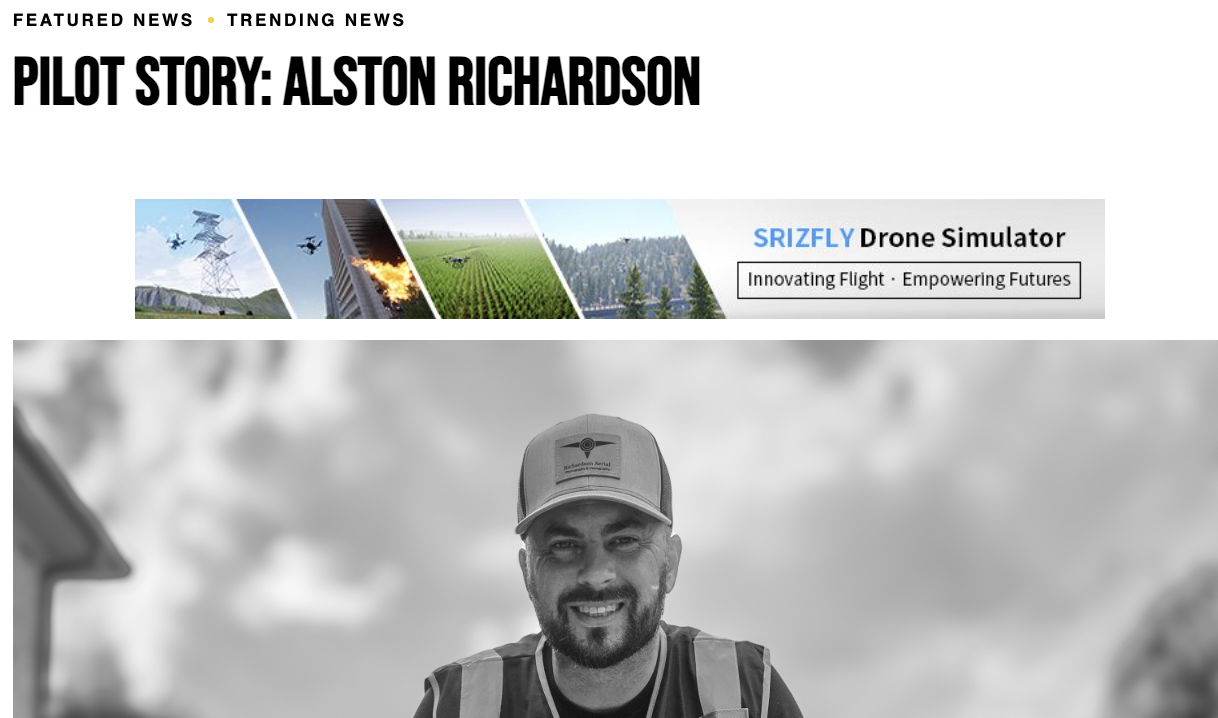
A free marketing service we offer to members is our “Pilot Story” series. Once you have your profile up and running, write your story—telling our readers how you got started with drones, how you passed your Part 107 (a course or self-study), and what you’ve done so far and where you see yourself going in the future.
Your story must be at least 1,200 words long (more is fine) to ensure maximum SEO (search engine optimization via Google) and eyeballs for your tale. Send in your Pilot Story at info@thedroningcompany.com (a Word doc is preferred), along with a photo of you with your drone (or drones), a few images of your work, and a video link. We then we post it on our main page and repost it in
It’s worth spending a couple of hours writing your Pilot Story, as it’s a great opportunity to get your name out in the industry. We post your story on the home page of The Droning Company to get maximum visibility for you, as well as repost it to our social media and industry forums. Here are two examples of excellent Pilot Stories:
https://www.thedroningcompany.com/blog/pilot-story-jason-g-sherblom
https://www.thedroningcompany.com/blog/pilot-story-keonntay-watts
Be Proactive
Don’t rely on potential clients finding your profile—reach out and sell your services. What does that really mean? Well, a lot of our pilots get work through other pilots.
Go to our home page www.thedroningcompany.com, put your location into the search box, see which other pilots are active in your area, and then call them and introduce yourself. You’d be surprised that “competing” pilots may be looking for help—a visual observer, a second drone pilot for a job, or someone to cover for them if they go on vacation.
Also, Google realtors, roofing contractors, and other potential drone clients in your area. Try to get a name, ask them for their email address, and send them a link to your pilot profile and Pilot Story. Trust us, a lot of work can be garnered this way.
Don’t forget to think outside the box, as well. We had one pilot who got hired for an ashes scattering job where the widow of a police officer wanted his ashes scattered over the police station. He purchased a distribution plate for his drone, did the job, and was paid $500. But, after that gig, he contacted all the funeral homes and crematoriums in his area, and sent them his pilot profile. Now, he does about two or three jobs a day with his ashes scattering service.
Get Out There and Succeed
Well, that just about covers everything. Remember, your pilot profile is your calling card, and as with everything in life, you get out what you put in. Keep it updated and current.
